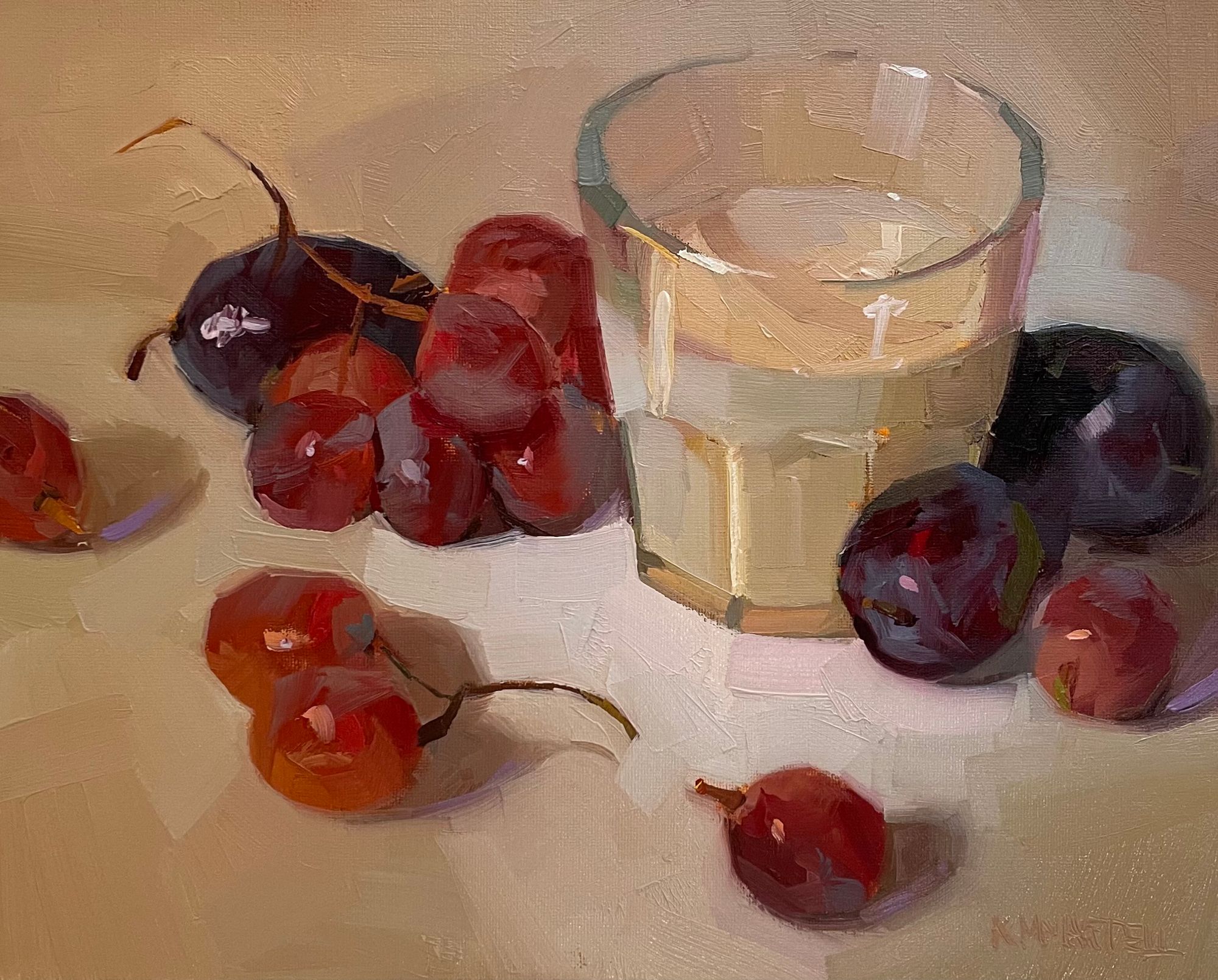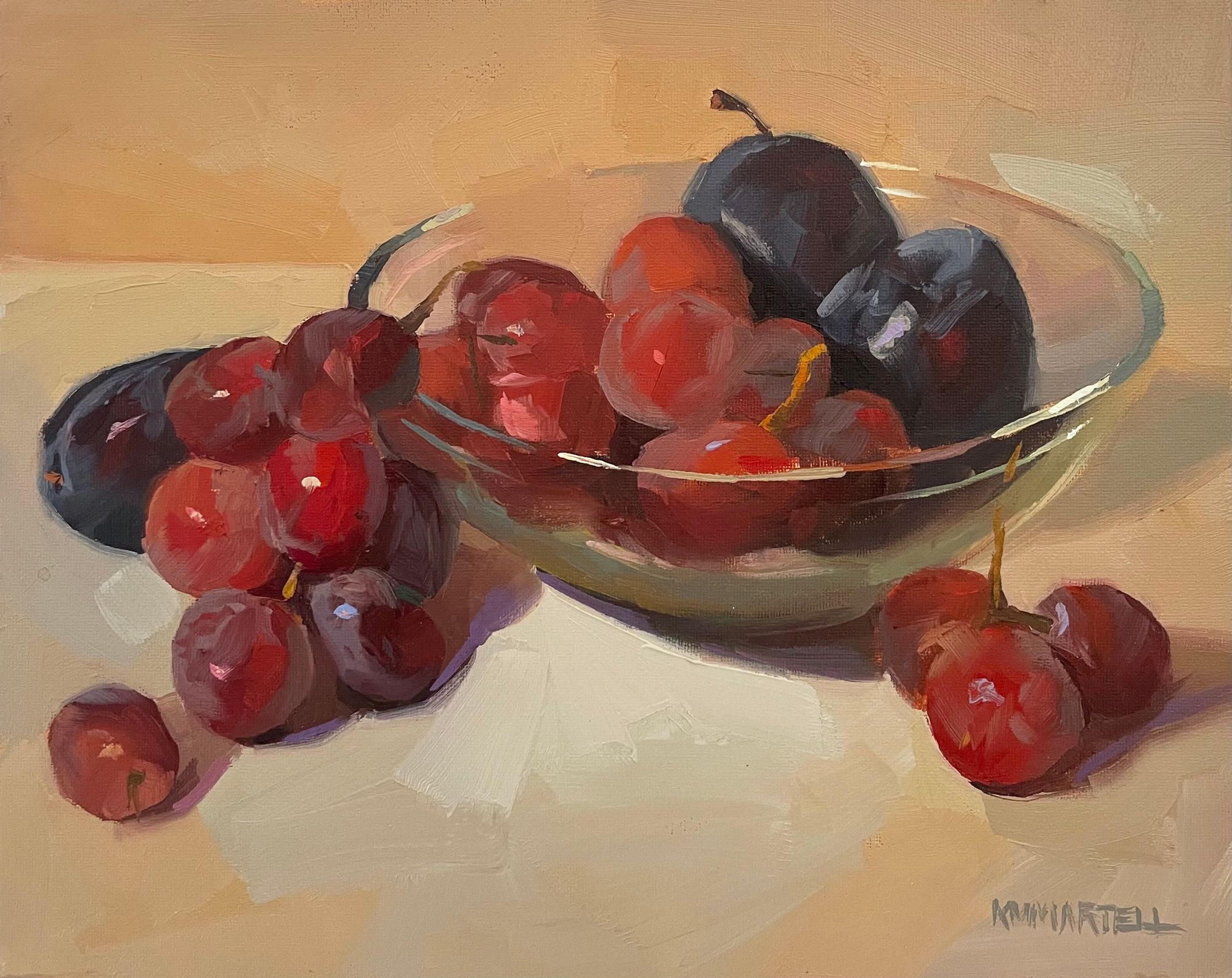Originally from Canada, oil painter and software developer Kayla Martell picked up art for the first time when she moved to Wicklow, Ireland, where her still lifes now grace galleries throughout the country. Follow along below to learn about her favorite fruits, exhibits, and artistic advice!
How did you first get into oil painting? Have you worked in any other mediums?
I was at our local grocery store here in Wicklow and I saw a flier for painting classes—one of those tear-off home-printed papers with a WhatsApp number on it. For some reason, I had a thought that maybe I’d like to indulge myself with a few painting classes.
They ended up being small classes, usually me and a few older ladies, it was really lovely. It was hosted in a beautiful stone cabin just outside of a church in the Wicklow countryside. We could have worked in any medium we liked, but oil materials were mentioned on the sign-up list, so I grabbed those, and I’m very glad I did—the buttery texture, slow drying, and wonderful thickness to oil paint makes my brain happy.
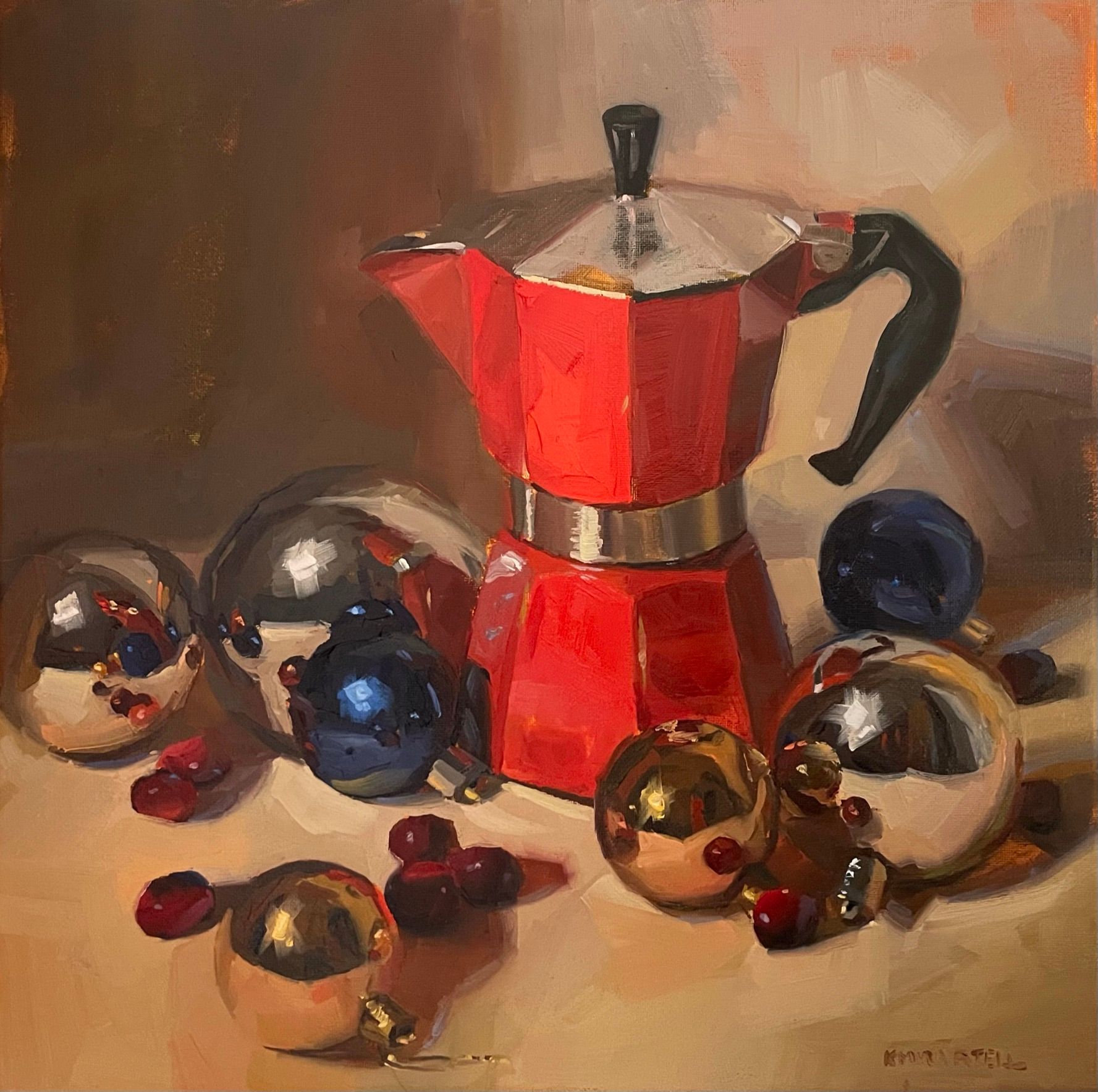
What is it about still life that appeals to you?
Well, when I first started oil painting, I had this awful idea that went something like, “If you could paint the whole world, why fruit?”
I had no idea what I was talking about, of course. Then I painted my first avocado and I never realized how something so ordinary could be so beautiful and endless in its possibilities! There’s a challenge in still life to draw out those hidden aspects of beauty. I saw a painting once of a red tractor in a field, and while I can't remember the artist or even the painting that well, I have never looked at a tractor the same way since. Now I think, "Wow, isn't that a beautiful thing."
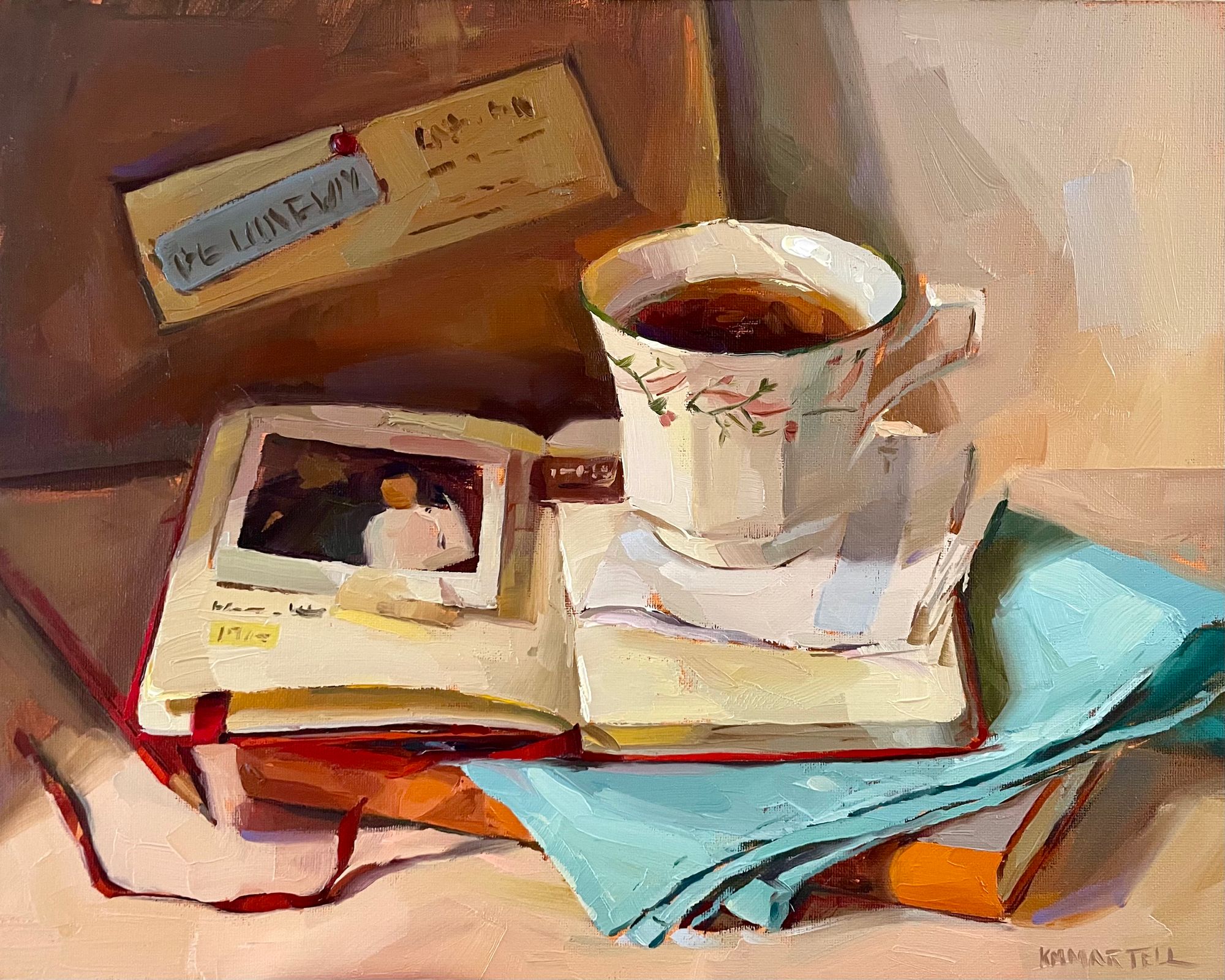
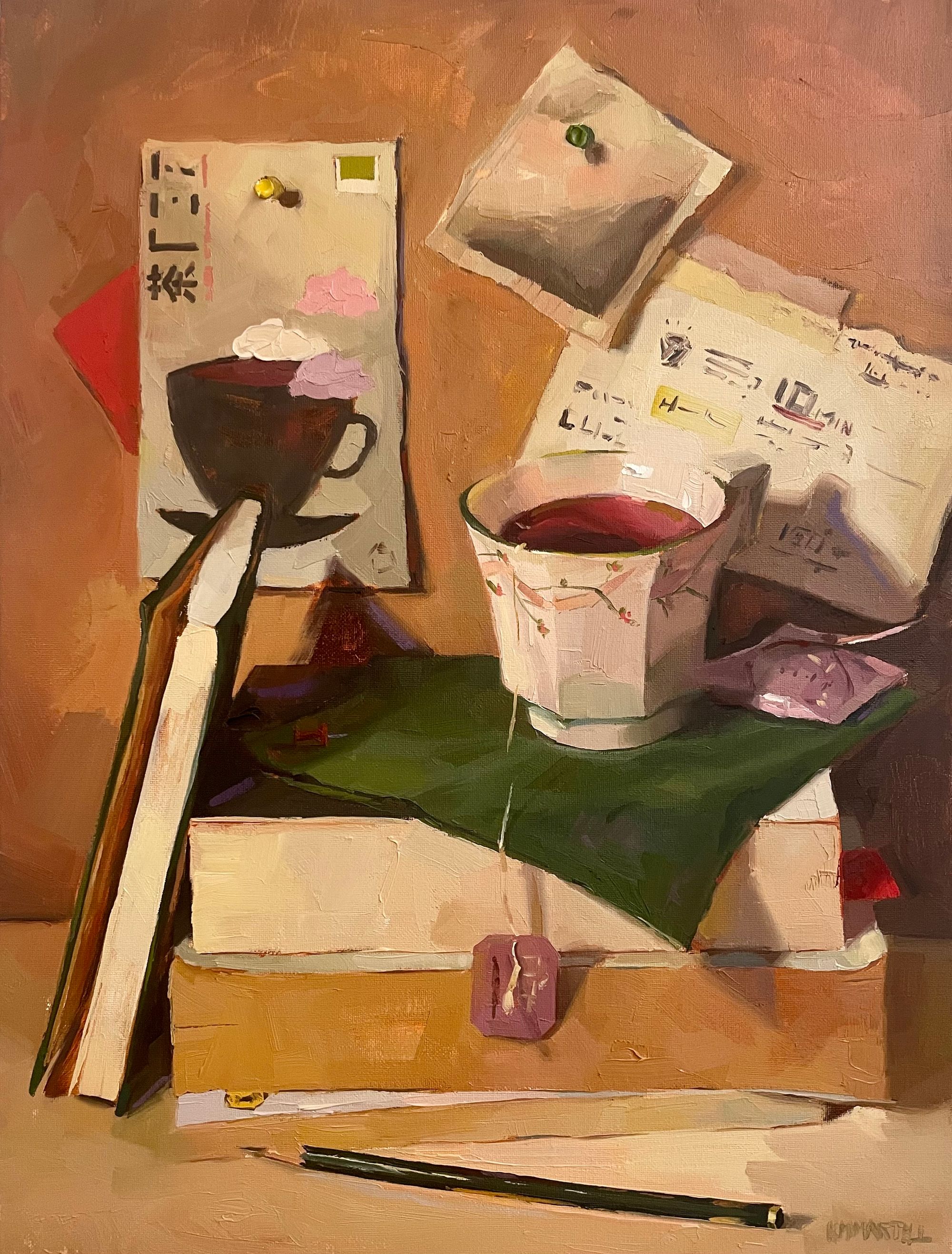
Still life is also very technically challenging! Looking at the perspective of a cup, saucer, the tea in a cup provides at least 3 ellipses, and if they are going back in space, then each of those is moving away from the eye. All of this is a great drawing challenge. Then you have the modelling challenge for each object: how will I make a tomato turn in space? And how exactly do the chroma, value, and hue of an object change as it moves away from the light, and at what rate? If milk is white, the ground is white, and the plate is white, how do I tell the viewer this is milk-white and this is plate-white? What is it about my eyes that tell me this is cooler or warmer, plastic, metal, or glass?
Each of these questions mean I must look, and look, and look some more at that still life in front of me. I’ve never looked so much in my life.
Lately you’ve been painting a lot of lemons and shoes. Why is that? What other subject matter phases have you been through as an artist?
Ah, because yellow is a great exercise in painting and preserving your most volatile colors. You only get one shot with yellow! And the inside of a lemon is a great little conundrum, it always feels so bright and chromatic, yet I find it’s often very neutral, especially compared to the outside of the lemon. It’s a great challenge and the results are very rewarding—I get a lovely lemon to look at.
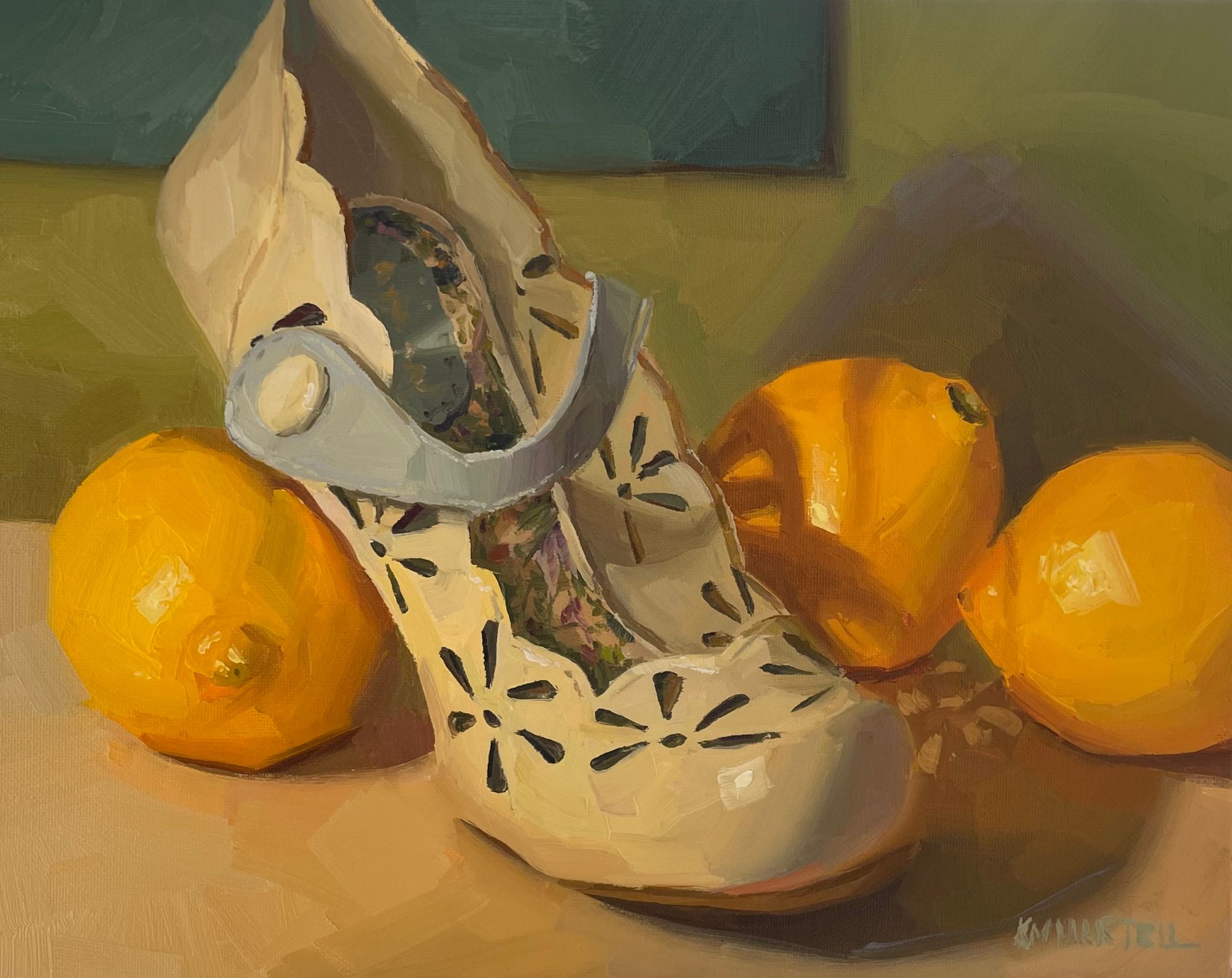
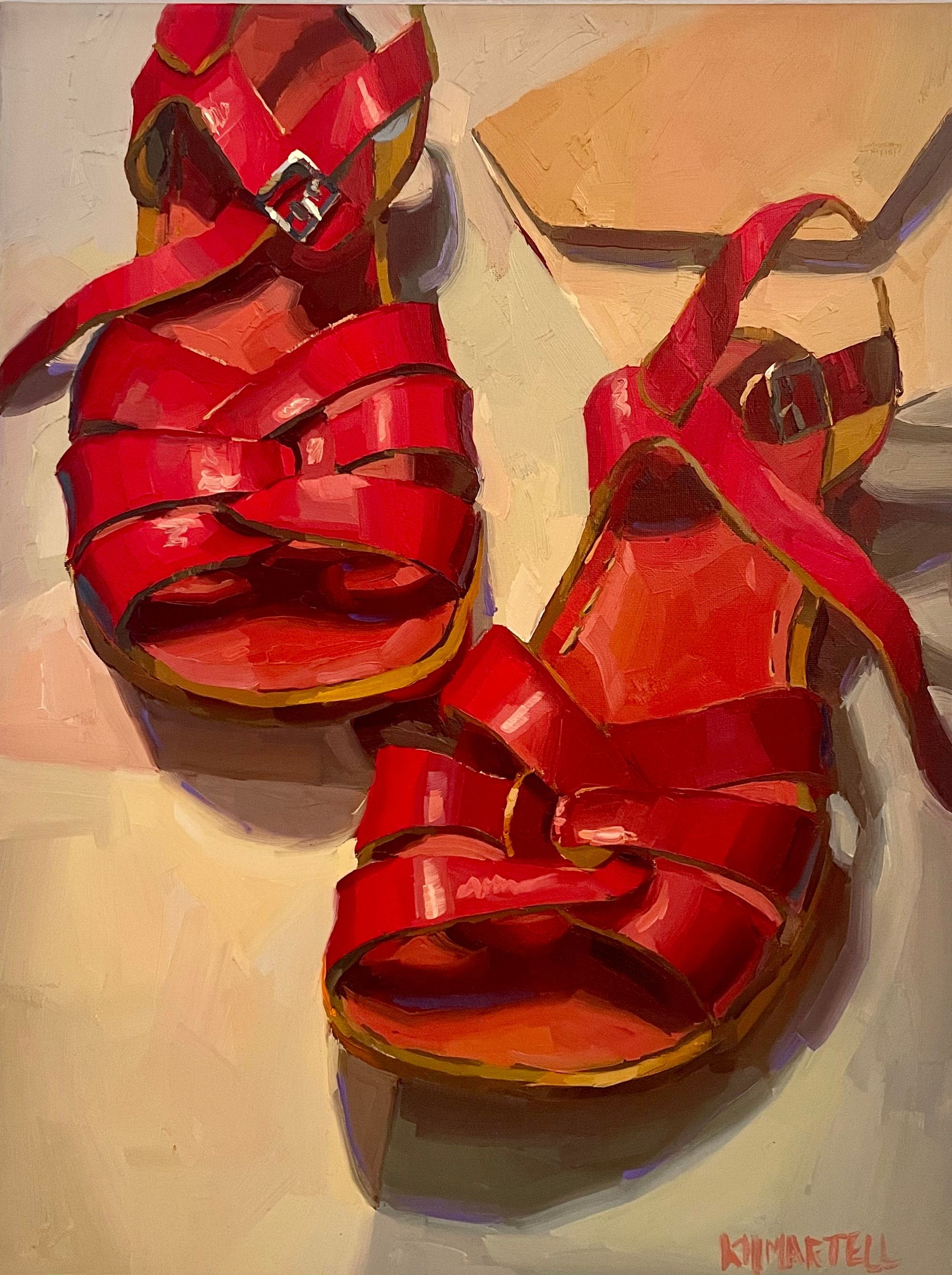
As for shoes, there’s something ridiculous about putting a pair of sandals with a fruit; I love it. They’re also challenging to draw, a lot of foreshortening. But ultimately, shoes can be a great personality trait of people and they say a lot.
Most of the time, I follow inspiration. There’s nothing more precious than being inspired, and I’m inspired almost every day by little arrangements that mean nothing to anyone but me. If that means shoes and lemons, then that’s what I’ll do.
Your art is currently a part of several exhibitions. What have those experiences been like? Which of your exhibit pieces are you most proud of?
Yes, I was very lucky to get into several exhibitions in the last few months. I’m very proud of all the pieces that were accepted, and very grateful to those that spent the time to look at my submissions.
In particular the Lemons & the Shoe painting that exhibited at the Royal Institute of Oil Painters recently. I was able to travel to London to attend the opening and was really overwhelmed by all the amazing artwork I saw and the experience (though perhaps had a few too many pints after).
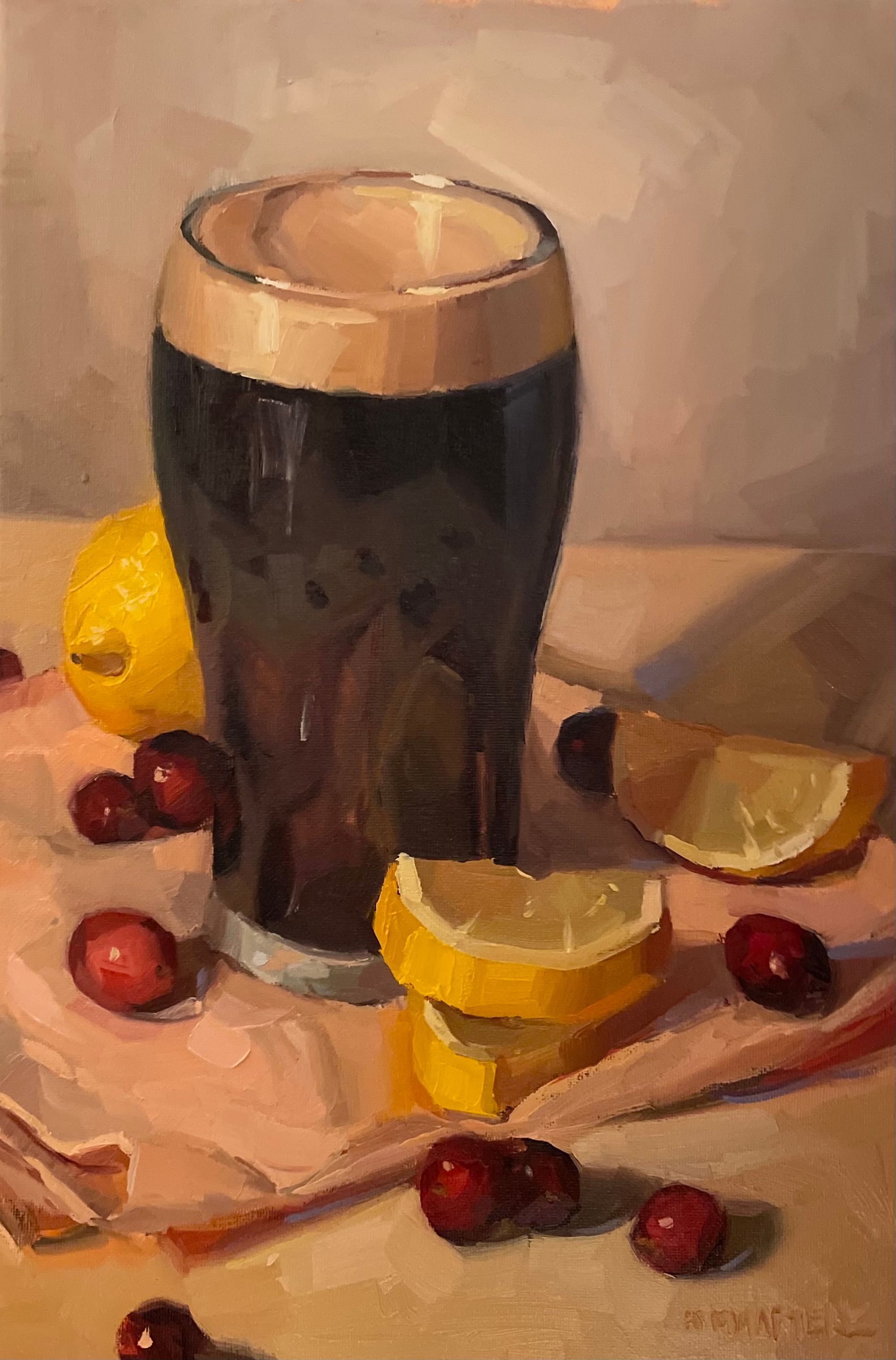
How do you name your pieces? I especially love “Some of My Best Friends are Lemons.”
Ha! Thank you! I love naming things. I just look at it and most of the time some expression comes to mind that just seems to fit. Maybe the canvas has started talking to me.
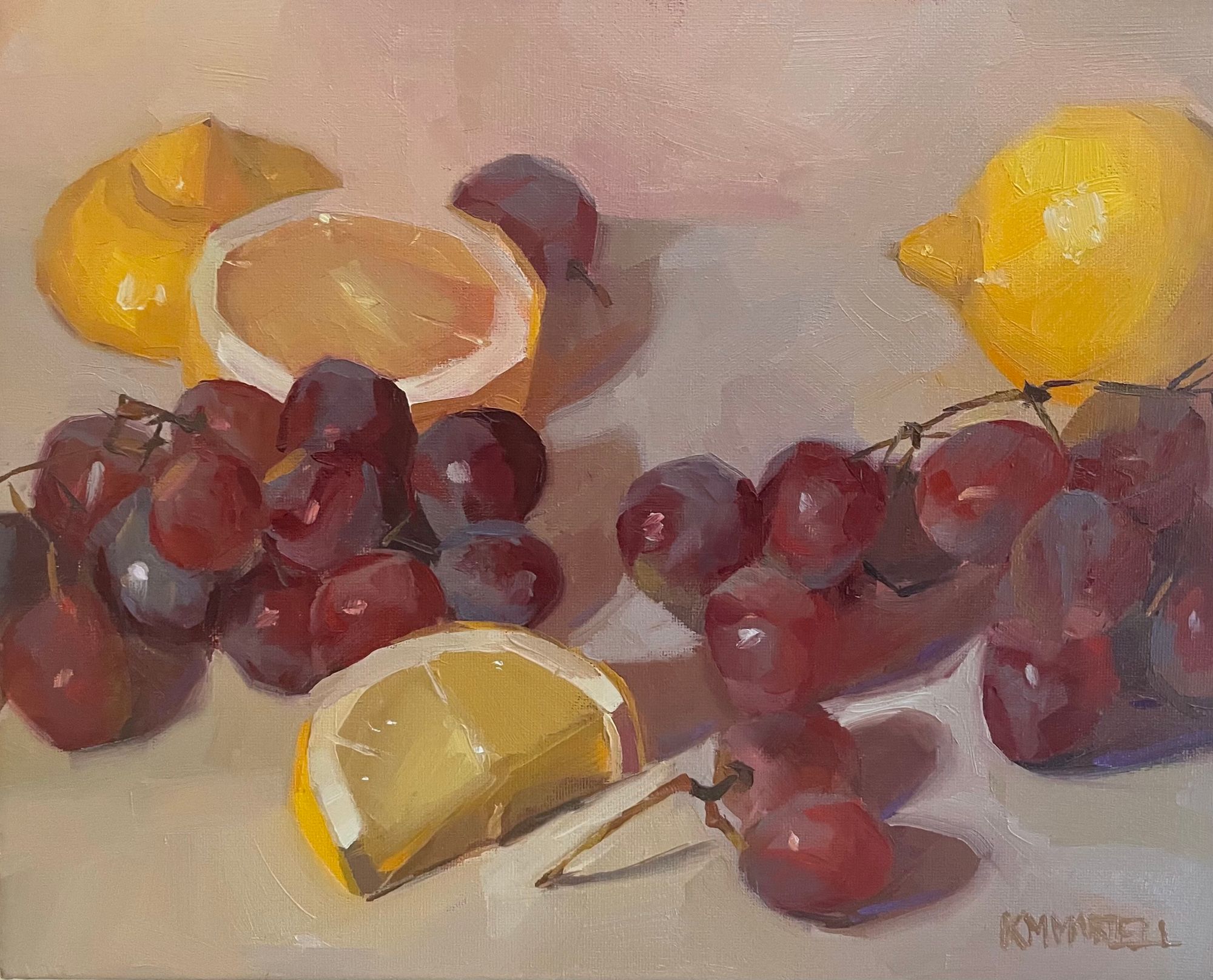
Your site says you have new paintings each week through The Doorway Gallery. How do you find the time and discipline to put out new work every week?
It's really simple for me: the most important thing in my life is painting. It’s hard to describe the absolute certainty of feeling that I have for painting. It doesn’t matter what the outcome is, it’s not about finishing pieces, it’s about the act of painting. Of course, the magic of saying, "Look at that, it was there, and now it’s here, and I’ve done it!” is a drug that will always have me showing up the next day, again and again.
I have done a lot of different hobbies before (I have absolute notions, as they say), but luckily with painting it has always been crystal clear that this is what I must be doing.
When I am lucky enough to have that clear vision, everything else must move out of its way. So the question to me is the same as asking, “You eat a lot, where do you find the time and discipline?”
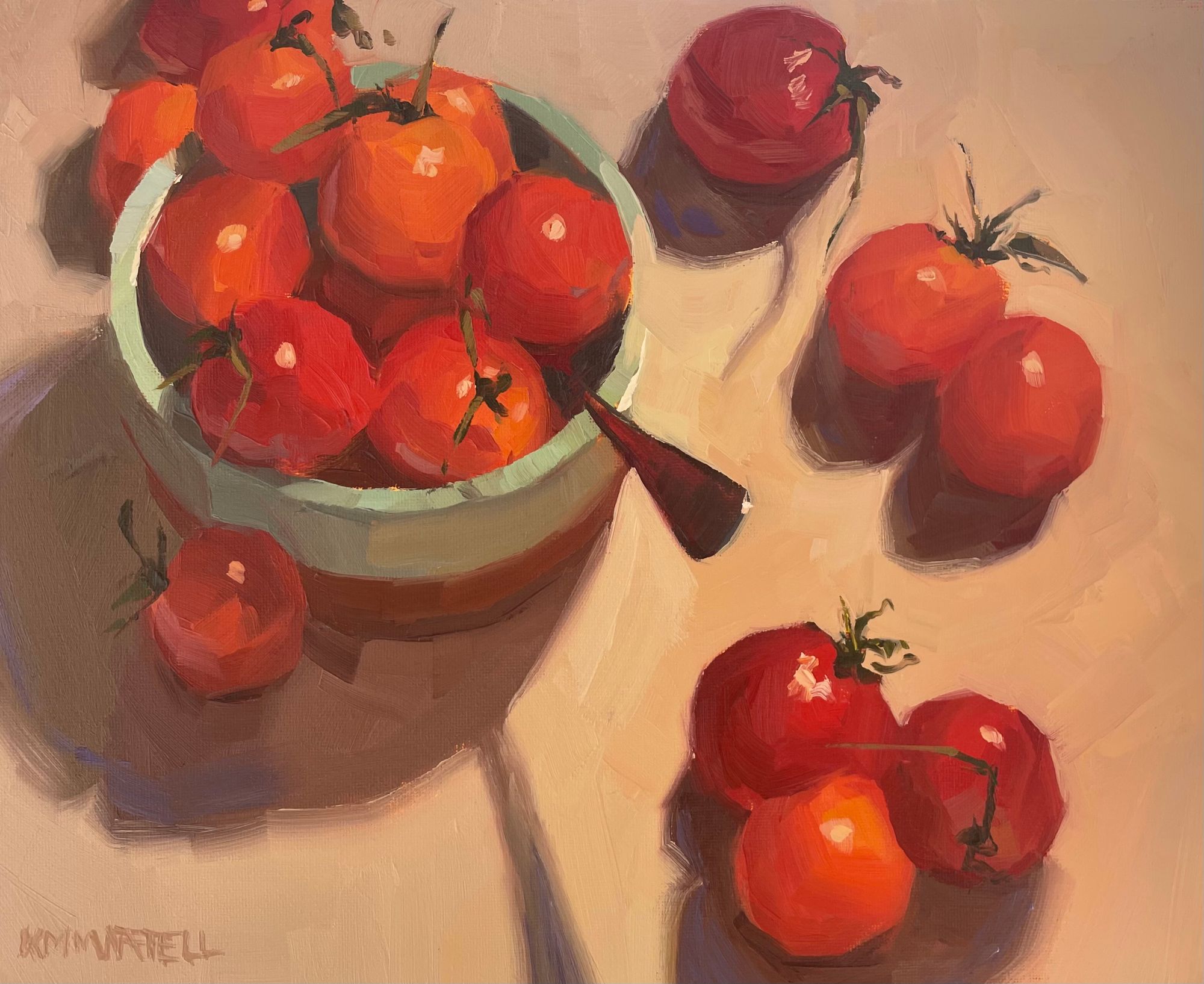
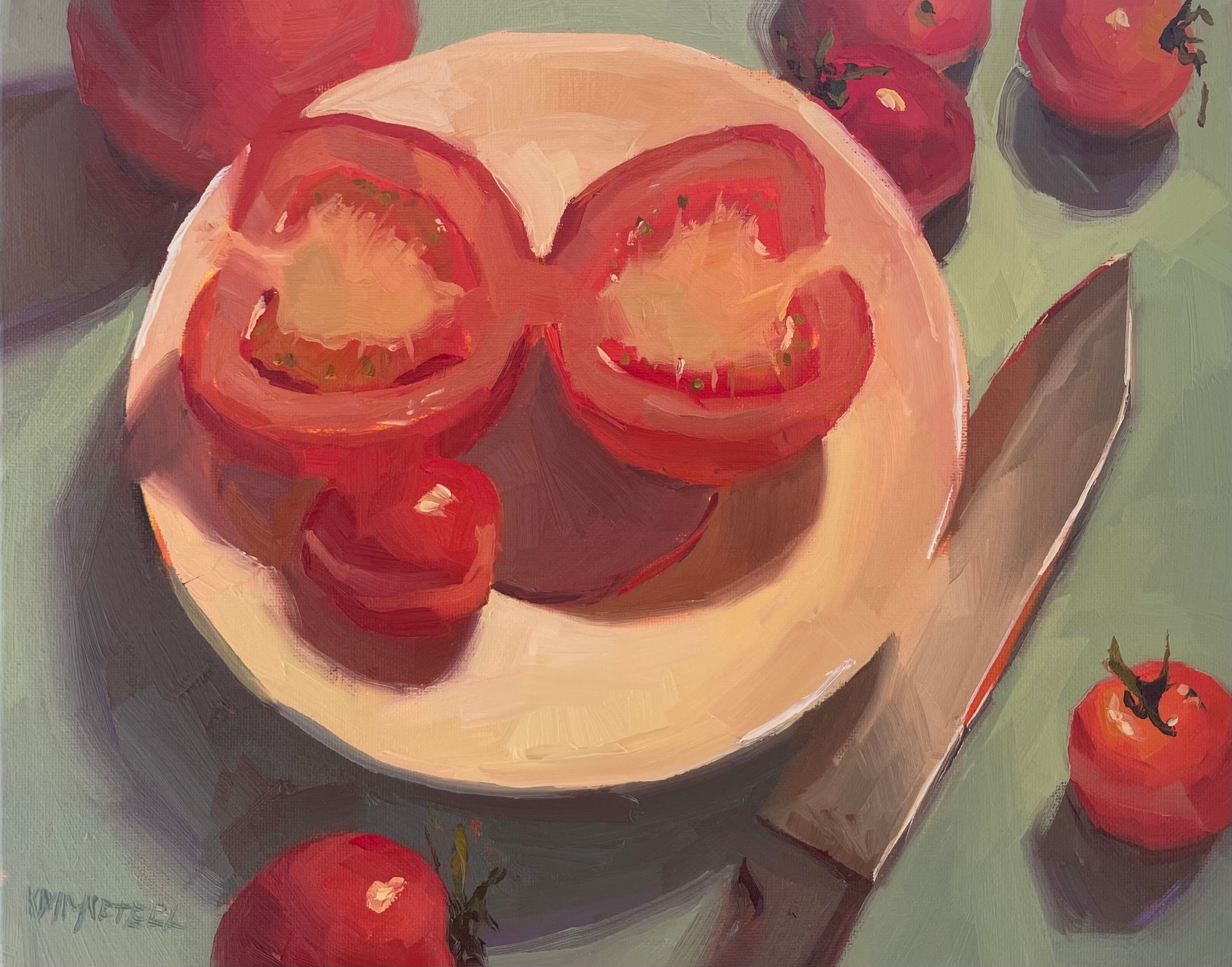


What’s the best compliment you’ve received about your art? What do you like best about your art?
A person recently said that one of my paintings reminded me of their mother who had passed away last year. That a painting of mine could be connected in that way is very special.
What do I like best about my art…that’s a great question. That it is evolving, that I can look back at old paintings and see the different choices I make now verse then. Progress is often what happens when I’m not paying attention.
What is your best bit of advice—whether for other artists or just for folks in general?
For artists: paint, paint, paint, and then paint some more. Or whichever craft you work in. I see a lot of recommendations that feels like Karate Kid. “If you want to paint, you must start drawing. Then only after years of drawing can you graduate to…black and white. Finally, you get to use color. Maybe only color swatches, just study it.”
Granted, I’m no teacher of art, but if this were the recommended path to me, I’d have never got into painting! I hated drawing! I painted first, and painting opened up a world to me. Now I love drawing, and I even love painting in black and white.
It’s like playing a sport. You start by playing it. Then you realize it might be handy if you added a few morning runs a week, or a certain work out at the gym. Eventually, you love those runs, because you feel it when you’re playing, you see how it’s making you a better player. I think painting is the same.
